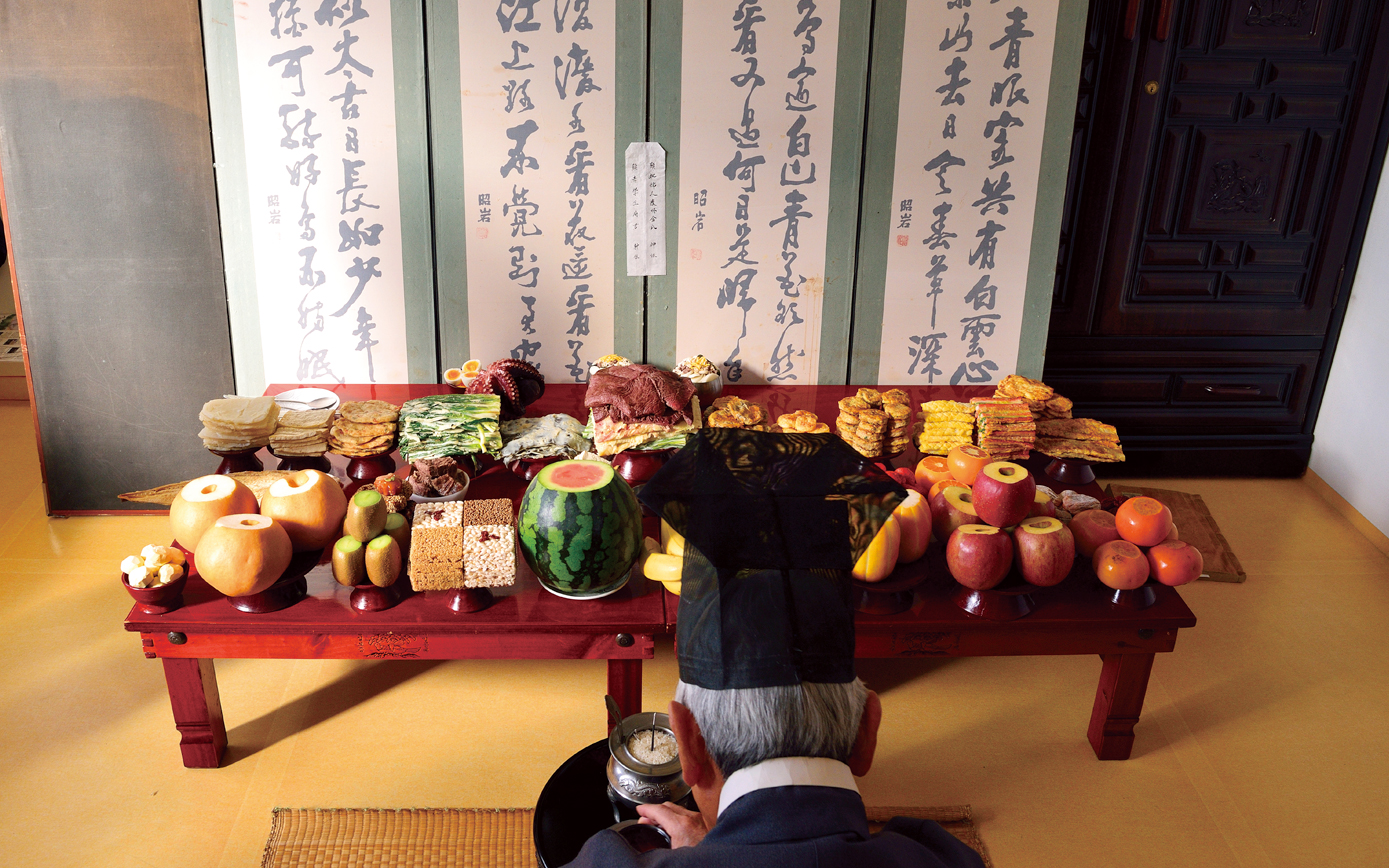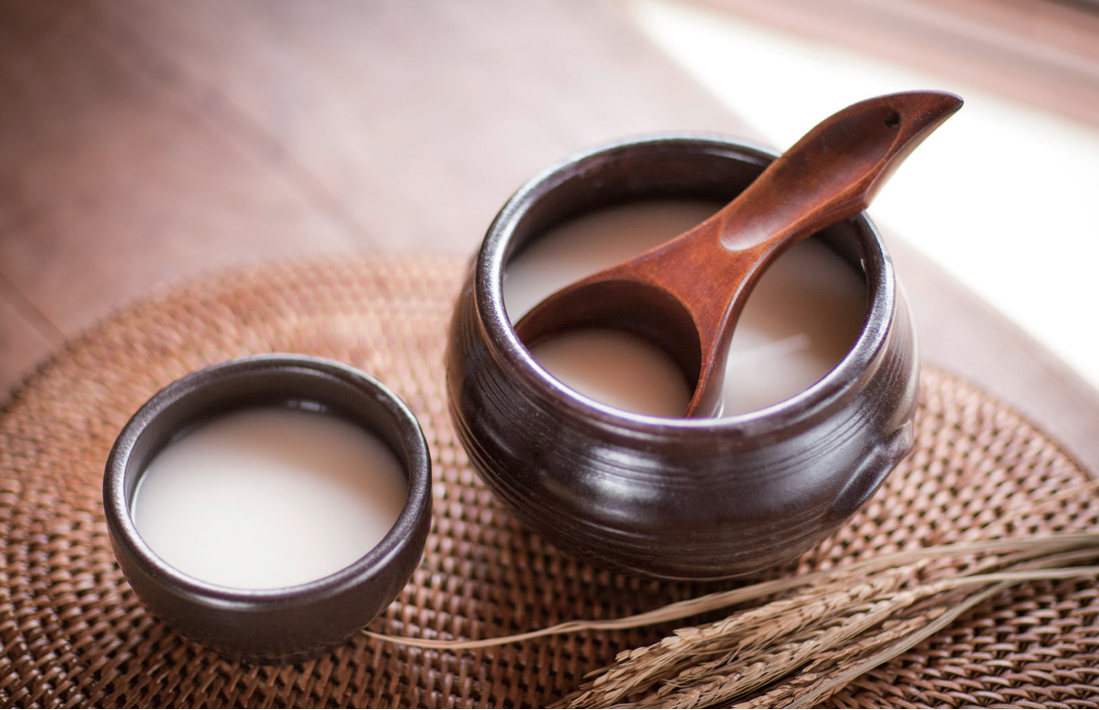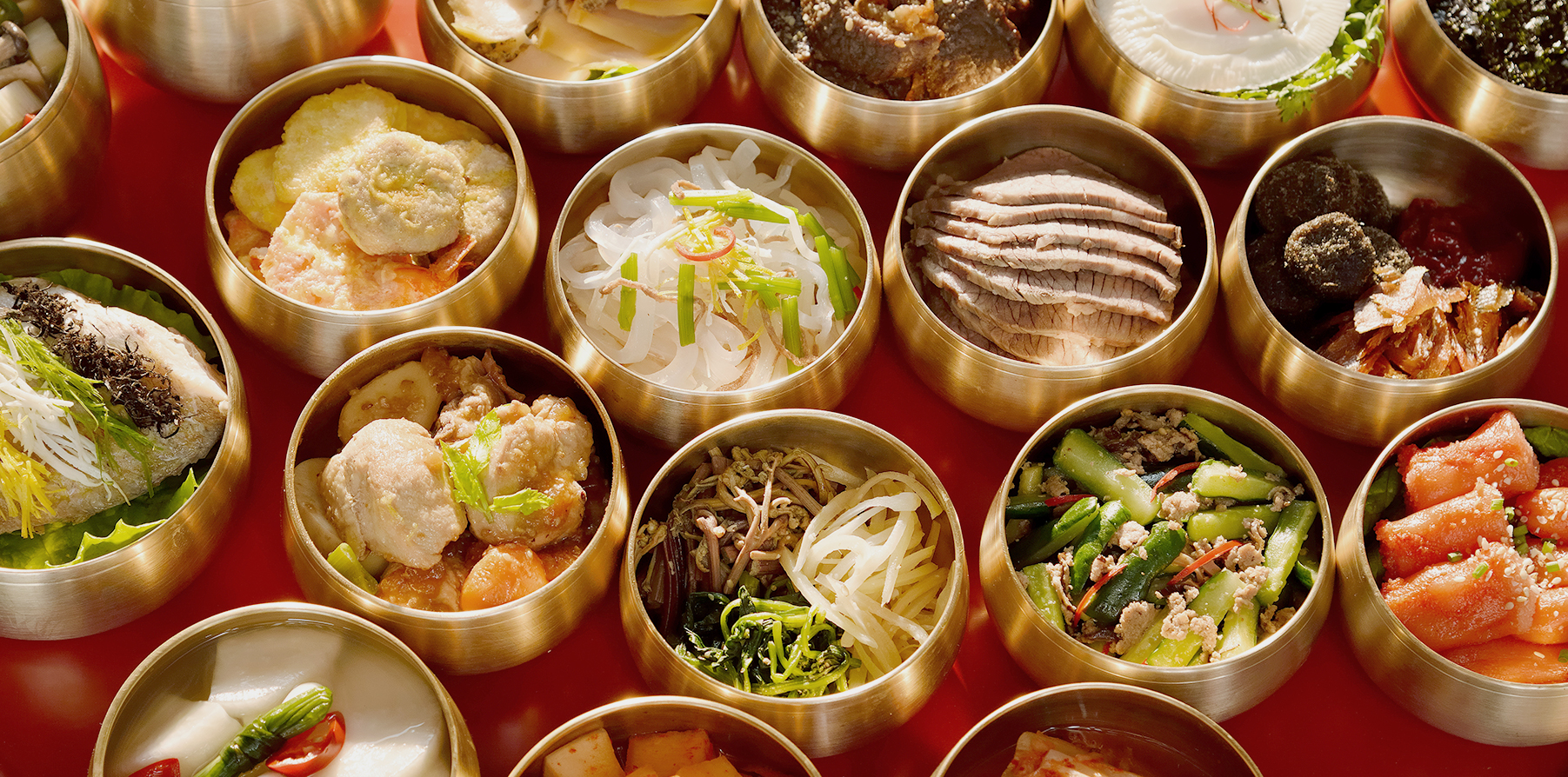STORY
Hallowed History
Hansik Through the Ages
In their extensive and storied culinary development, ancient Koreans tended to food with philosophy and principle. The Hansik that endures to this day has been passed down over millennia, and as history has shown, the shaping of the Korean palate has required elements like formality and manners in addition to taste.
Written by• Chung Hae-kyung (Professor of food and nutrition at Hoseo University)
Traditional Korean societies were heavily influenced by Confucian formalities and convention. Unlike other nations that considered dining a leisurely indulgence, Koreans also applied stringent protocols to culinary practices. Rather than treat food as a means of mere sustenance, they strictly maintained customs and formality at every meal.
While certain culinary practices were applied to the royal court and the general public, royal cuisine distinguished itself from nobility fare. Surasang (regular meals served to royalty) recipes show the sheer balance and delicacy with which ingredients and food elements were combined. Whether by dish type (soup-based, dried sides, chilled or warmed) or ingredient source (plant or animal-based, fish or meat), meals were remarkably proportioned and contained assortments of meat and vegetable entrées with a wide variety of seasonings and sauces. During the Joseon Dynasty, feasts were held on national holidays and welcomed foreign visitors with grandeur. No expense was spared at huge parties in the late Joseon era.
Heeding Formality

Sinsello was a major dish at noble and royal feasts. © imagetoday
Korea’s ancestors followed mannerisms even in their treatment of food. Not the type to nonchalantly eat, they kept count of side dishes designated per occasion, even for ordinary meals. Each assembled meal featured evenly balanced combinations between plant- and animal-based items, between the main dish and side dishes, and the five primary ethnic colors.
The late 19th-century cookbook “Siuijeonseo” thoroughly conveys the Korean emphasis on such meal arrangements. The work has diagrams of meals facilitating understanding of situations like banquets, set apart from main feasts for the person at the center of the event. Such fare consisted of hwachae (fruit punch), cold beef slices, naengchae (chilled salad), japchae, (stir-fried glass noodles and vegetables), hangwa (Korean sweets), tteok (rice cake) and others.
Ritual Fare
Food for celebratory occasions such as weddings, funerals and 60th birthdays were customarily piled on plates. At funerals, which were attended by all relatives of the deceased’s lineage, descendants — as recipients of an inheritance — served up a massive feast. Food was stocked upwards as a sincere and respectful gesture of looking up to the dead.
Such styles of food presentation are also reflected in Buddhist customs. Food prepared for Buddhist rituals tends to be flashy and elaborate, reaching upwards in cylindrical form and embodying classic forms of traditional ritual food. During the Three Kingdoms period, the Korean Peninsula adopted these practices given the prevalence of Buddhism at the time. Ritual fare was later transmitted to Japan, where it developed into a modified version to serve the nobility there.
Funeral Fare

Funeral food is laden with grain or fruit harvests and delicacies that the deceased was fond of. © pixta
Considered a custom of convergence between the living and the dead, a funeral was a way of expressing reverence for one’s ancestors. A phrase in traditional linguistics (神人共食 or shiningongsik) labels funeral fare as food shared between humans and gods. Each household had its own method of preparing food for ancestors, a practice evolving over time throughout generations, varying by region and depending on the environmental factors of culture and biodiversity. Compared to that in ancient times, funeral food nowadays tends to stress quantity and diversity more. Yet certain clans uphold a simplified cuisine when a loved one dies. For instance, the descendants of a noted clan in Korea skip rice cakes, which they deem lavish, in a funeral. For similar reasons, the distinctly ritualized funeral of scholar Toegye Yihwang excluded sweets kneaded with flour, honey and sesame oil.
Traditional Liquor Pairings
Koreans traditionally enjoyed seasonal specialties not confined to food as seasonal liquor was consumed with complementary dishes. In spring, doogyunju (azalea liqueur) was served alongside durupjuksunchae comprising seasoned fatsia shoots (durup) and bamboo shoots (juksun). Yeonggyejjim (braised pullet) and gwahaju (liquor from fermented glutinous rice cake) provided energy to stave off the summertime heat. Hansan sogokju (liquor from chrysanthemum, among other herbs and flora) and the fall snack songisupsanjeok (pine mushroom skewers threaded with cooked beef) were wondrous supplements to Korea’s pleasant autumn vista. During winter, distilled liquor soju made a nice pairing with domijjim (braised porgies).
Every dish in Korean cuisine features intricate mixtures of wide-ranging elements: multiple ingredients and colors, ornate garnishes and dressing. Millennia of historical and cosmic dynamics, not to mention a spirit of reverence for nature’s divine mechanisms, have helped to conceive authentic culinary culture on the Korean Peninsula.

From a 16th-century recipe to an 18th-century handbook on agricultural forestry, half of old culinary literature is on traditional liquor. © imagetoday



















